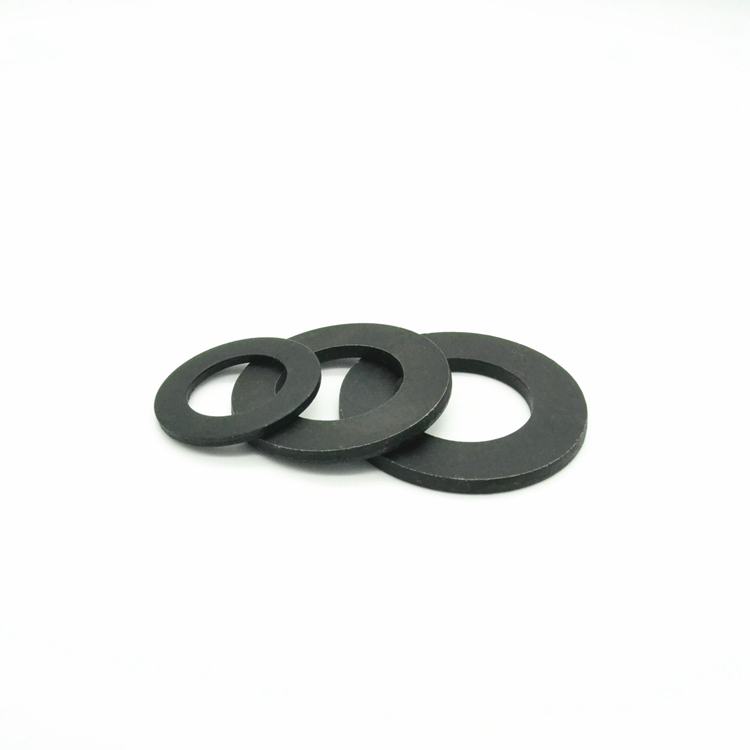Custom Designed Left-Hand Nuts for Unique Applications and Enhanced Performance
Nov . 11, 2024 04:51 Back to list
Custom Designed Left-Hand Nuts for Unique Applications and Enhanced Performance
Understanding Custom Left-Hand Nuts A Comprehensive Overview
In the world of mechanical engineering and manufacturing, precision is paramount. Components must not only be crafted to fit together seamlessly but must also withstand various forces and stresses. Among these essential parts is the left-hand nut, an often-overlooked piece that plays a crucial role in assemblies requiring counterclockwise rotation. While standard right-hand nuts are widely recognized, custom left-hand nuts are gaining significance in numerous applications, highlighting their importance in specific engineering contexts.
What are Left-Hand Nuts?
Left-hand nuts are fasteners that are designed to be tightened in a counterclockwise direction. This is the opposite of standard right-hand nuts, which are tightened clockwise. The use of left-hand threads is critical in applications where two components must rotate in the same direction. By utilizing a left-hand nut, engineers can prevent unintentional loosening under rotational forces. This feature is especially vital in machinery subjected to vibration or movement, where traditional right-hand nuts might back off and cause failure.
The Importance of Customization
The burgeoning demand for customized components has led to the development of bespoke left-hand nuts tailored to specific requirements. Customization allows engineers to specify dimensions, thread pitch, material, and finish according to the unique needs of a project. For example, a left-hand nut used in a high-stress environment may require a stronger material, such as high-grade steel or even titanium, to ensure durability and reliability.
Additionally, custom left-hand nuts can be manufactured to fit specific gear ratios or to accommodate unique design specifications. This level of precision ensures that the nut fits perfectly with its corresponding bolt or shaft, optimizing performance and safety.
Applications of Custom Left-Hand Nuts
Custom left-hand nuts are utilized in various industries and applications. They are commonly found in
custom left hand nuts

2. Aerospace The aerospace industry often uses left-hand nuts in assemblies where components may experience counterclockwise forces during operation, ensuring safety and reliability in high-stakes environments.
3. Industrial Machinery In many industrial applications, left-hand threads are crucial for certain drive mechanisms, ensuring parts remain secure even under heavy loads and continual use.
4. Construction Many construction applications, particularly cranes and heavy lifting equipment, employ left-hand nuts to secure components that operate under significant stress and vibration.
Manufacturing Considerations
When creating custom left-hand nuts, manufacturers must adhere to stringent quality control standards to ensure each piece meets the specified requirements. This process often entails advanced machining techniques, including CNC (Computer Numerical Control), which allows for high precision and repeatability. Additionally, surface treatments may be applied to enhance corrosion resistance and overall performance.
Conclusion
In summary, custom left-hand nuts are an essential component in numerous engineering applications where precision, safety, and reliability are critical. As industries continue to evolve, the demand for these specialized fasteners will likely grow. By understanding their role and implementation, engineers and manufacturers can ensure that they are leveraging the most suitable solutions for their projects, ultimately leading to better performance and enhanced safety in their designs. Emphasizing the importance of combining technical expertise with innovative manufacturing processes will pave the way for advancements in fastening technology, benefitting a wide array of industries.
Latest news
-
Premium Phosphated Drywall Screws Supplier & Manufacturer Solutions
NewsJul.26,2025
-
Top Metric Wood Screw Companies – Reliable Manufacturer & Supplier
NewsJul.25,2025
-
Reliable Axle Nuts Supplier - Quality Manufacturing & Export Services
NewsJul.24,2025
-
Top Wire Bolts Suppliers & Exporters - Quality Fasteners Factory
NewsJul.23,2025
-
Reliable Wire Bolts Company & Supplier for Construction Solutions
NewsJul.22,2025
-
Premium Spike Wheel Nuts Supplier | Durable Quality
NewsJul.21,2025
